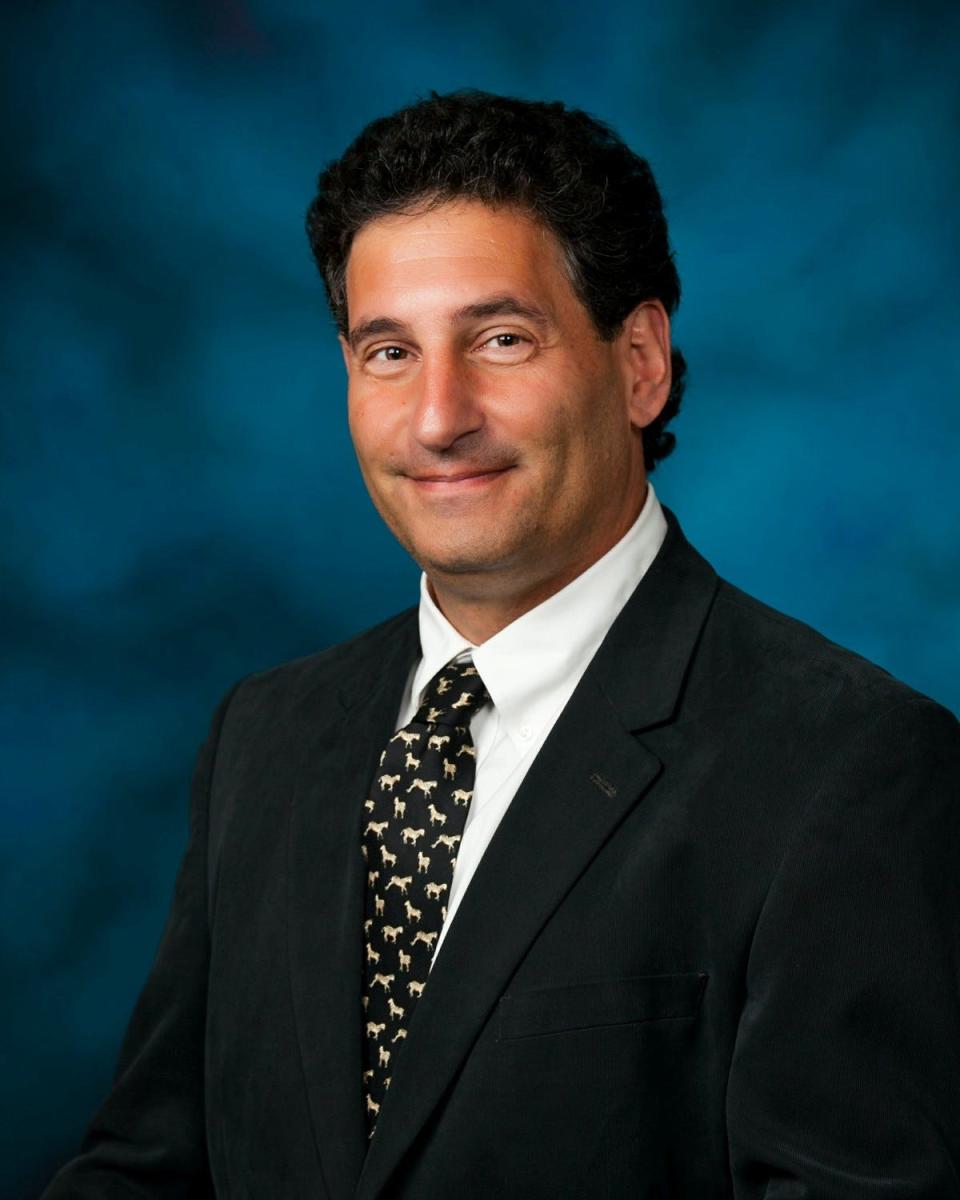Dr. Jeff Hersh: FDA has just approved new treatment for metachromatic leukodystrophy
A new medical treatment that costs more than $4 million for metachromatic leukodystrophy (MLD) was approved recently by the FDA.
MLD was recognized as a disease in the early 1900s, although specifics of the condition did not begin to be understood until the 1950s. So this rare genetic disorder, which affects about 1 in 40,000 births and is inherited in an autosomal recessive fashion (meaning that you must inherit a gene from both parents), is not newly discovered.
MLD patients have a deficiency in the enzyme arylsulfatase A (ARSA), preventing them from appropriately degrading a certain kind of lipid (a fatty substance) that has a carbohydrate and sulfate ester group attached to it. This causes these lipids to build up inside cells, especially brain/spinal cord/nerve cells — although it builds up in other cells, the symptoms from MLD are primarily due to build up in the cells of the nervous system.

What are the symptoms of metachromatic leukodystrophy?
Symptoms of MLD can include tremors, seizures, problems with eyesight and/or hearing, loss of coordination and/or motor function, cognitive issues, memory loss, behavior changes, psychiatric symptoms and dementia symptoms.
What is the prognosis for MLD?
Specifics of MLD for individual patients depend on their specific genetic mutation. MLD may manifest:
in children under age 4 with loss of normal growth milestones and/or other issues, and is typically fatal for these patients within six years.
in children ages 4-6 with learning and/or behavior changes, loss of normal growth milestones and/or other symptoms, and is typically fatal by early adulthood.
in older children (ages 6-16) and even through early adulthood, with personality/behavioral changes, psychiatric symptoms (for example, psychosis), decline in school/work performance and/or other symptoms, and typically leads to a gradual decline in the ability to function over many years.
How is metachromatic leukodystrophy diagnosed?
The onset of symptoms is typically evaluated with various blood tests, a brain MRI and/or tests of the cerebral spinal fluid. The diagnosis of MLD is suspected based on the symptoms or because of a family history of the condition, and may be verified by looking for ARSA levels in urine samples (only available at a few specialized testing centers), other specialized immune-assay testing or possibly from DNA mutation analysis.
Supportive care for the MLD patient and their family has been the mainstay of treatment, as well as genetic counseling since this is an inherited disease. Although enzyme replacement therapy has been tried (similar in concept to treatments for other metabolic storage diseases), getting replacement enzymes into the central nervous system is challenging.
Why gene therapy is a promising, yet expensive, treatment
However, with better understanding of the genetics of this disease, a gene therapy treatment specific for patients with minimal or early symptoms has been developed. This treatment involves taking some of the patient’s own stem cells (autologous cells), genetically modifying them to address the problematic gene mutation, and then infusing these modified stem cells back into the patient after they have had their own abnormal/mutated stem cells eradicated by high dose chemotherapy (this treatment is a bone marrow transplant with the patient’s own genetically corrected stem cells).
The very high cost of the treatment is due to the need to genetically modify the patient’s own stem cells on a patient-by-patient basis, and then to perform the bone marrow transfer with these modified cells.
As the ability to analyze and manipulate cells at the genetic level has become possible, more gene therapy treatments are being developed. For example, one of my columns a few years ago discussed the possibility of treating sickle cell disease in a similar manner as discussed above, and this type of treatment for sickle cell was approved by the FDA in December.
The next major advance in gene therapies will, I believe, be utilizing allogenic cells (donated cells, rather than requiring autologous cells from the individual patient); research into this approach is actively being done. For full disclosure, I should note that I am chief medical officer of a company developing an allogenic gene therapy approach to treat certain kinds of cancer (a CAR-T therapy). This allogenic approach will hopefully increase access to these types of treatments for many more patients, drastically decrease costs, and potentially allow these allogenic treatments to become first-line therapies. Because these will be off-the-shelf treatments, there will be no requirement for the extended time needed to make the treatment on a patient-by-patient basis using their own cells.
Jeff Hersh, Ph.D., M.D., can be reached at DrHersh@juno.com.
This article originally appeared on MetroWest Daily News: Dr. Hersh: FDA approves new treatment metachromatic leukodystrophy

